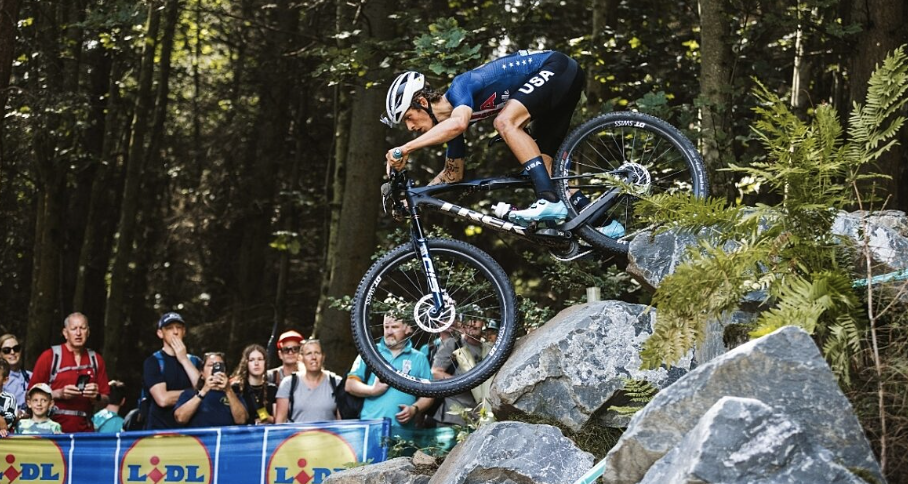Mountain Bike Geometry: A Guide to Understanding Your Ride
Mountain bike geometry is a crucial factor influencing how a bike handles, rides, and performs on various terrains. It encompasses the angles and measurements of the bike frame and components like the handlebars, seat position, and wheelbase. Whether you're tackling steep descents, technical trails, or long cross-country rides, understanding bike geometry can help you choose the right setup for your riding style and improve overall performance.
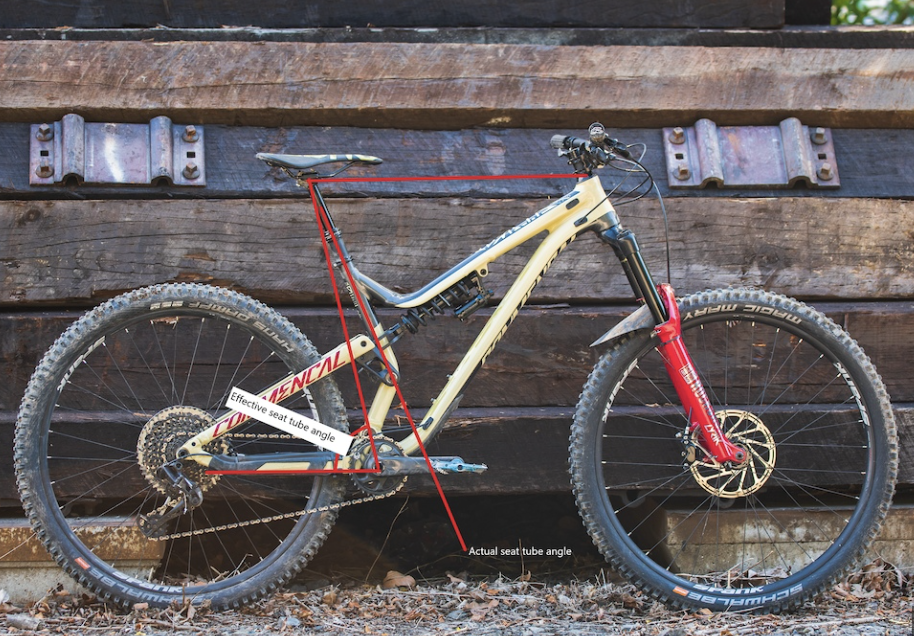
Key Frame Geometry Terms
Seat Tube Angle: the angle of the seat tube relative to the ground affects pedaling efficiency and rider position.
Steeper angles (75-78°) position the rider more forward, ideal for climbing efficiency and aggressive riding.
Shallower angles (71-74°) offer a more relaxed, upright position, suitable for long-distance comfort and casual rides.
Top Tube Length: the horizontal distance between the seat and head tubes influences rider posture and reach.
Longer top tubes promote an aggressive riding position, ideal for high-speed stability.
Shorter top tubes offer a more upright, comfortable position that’s better for technical maneuverability.
Head Tube Angle: the angle of the head tube relative to the ground directly impacts steering and stability.
Steep angles (66°+) result in quicker, more responsive steering, suitable for cross-country and trail riding.
Slack angles (64° or lower) provide more stability on steep descents and high-speed trails, preferred for enduro and downhill riding.
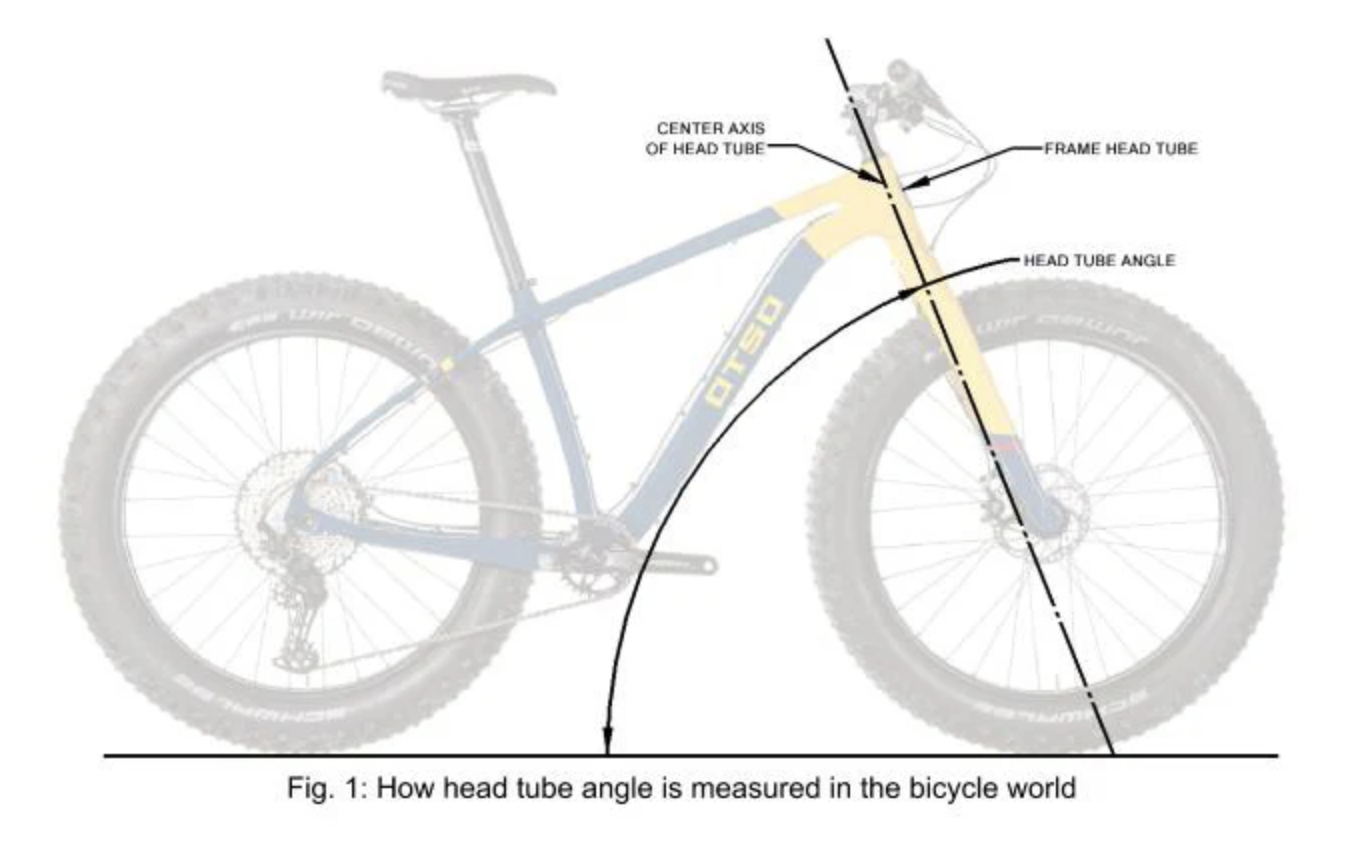
Chainstay Length: the distance between the bottom bracket and the rear axle affects how the bike handles.
Shorter chainstays provide a more playful, agile ride and quicker cornering.
Longer chainstays offer better stability and traction, especially on climbs and rough terrain.
Wheelbase: the total length from the front to the rear axle; longer wheelbases provide greater stability, while shorter ones improve maneuverability.
Long wheelbase adds stability at high speeds and on rough terrain.
Short wheelbase enhances agility for tight corners and technical trails.
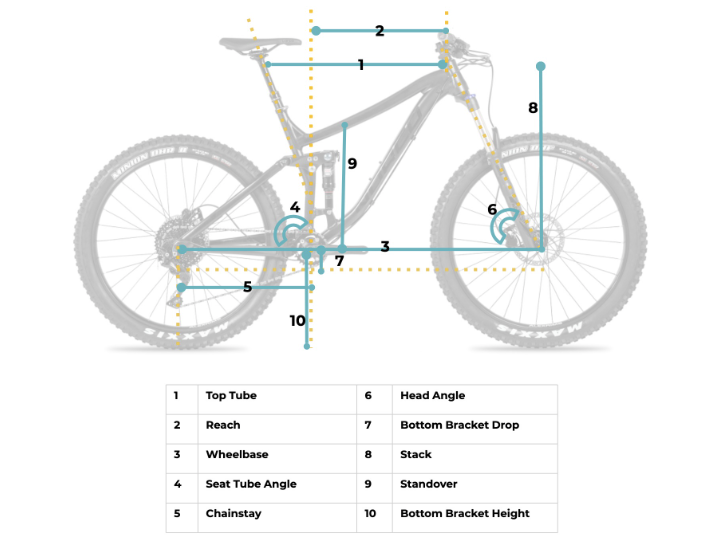
Suspension Geometry
Rear Suspension Travel: the amount of movement the rear wheel has to absorb impacts and terrain.
Short travel (100-130mm) is efficient for pedaling and is best for cross-country and trail riding.
Medium travel (130-160mm): is balanced for climbing and descending, ideal for all-mountain and enduro.
Long travel (160mm+): is best suited for downhill and aggressive enduro riding, absorbing big impacts.
Suspension Design Types
Single Pivot: simple and lightweight, offering a responsive ride but less traction.
Horst Link (Four-bar linkage): provides excellent traction and braking performance, which is common in trail and enduro bikes.
VPP (Virtual Pivot Point): balances efficiency and plushness and is excellent for aggressive trail riding.
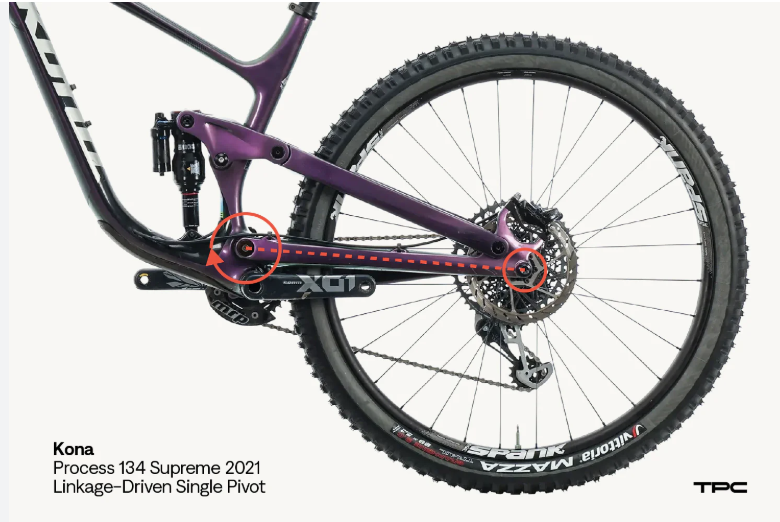
Handlebar Geometry
Handlebar Width: wider bars offer greater control and leverage, especially on technical descents.
Wide bars (750-800mm) enhance stability and are ideal for aggressive riding.
Narrow bars (680-740mm) improve maneuverability and efficiency and are suited for cross-country riding.
Handlebar Rise: the vertical height of the handlebars relative to the stem.
High rise (20-50mm) provides a more upright position, improving comfort and control on descents.
Low rise (0-20mm) offers a forward-leaning, aggressive position for climbing and speed.

Stem Length
Shorter stems (30-50mm) provide quicker handling, while longer stems (60-100mm) enhance climbing efficiency and stability.
Wheels and Tires Geometry
Wheel Size: mountain bikes typically come in three-wheel sizes, each offering unique benefits:
26-inch: Agile and playful but less common in modern bikes.
27.5-inch (650b): A balance between agility and roll-over capability, great for technical trails.
29-inch: Excellent roll-over ability and momentum, ideal for fast, rough terrain and endurance rides.

Tire Width: affects traction, comfort, and rolling resistance:
Narrow tires (2.1"-2.3") are faster rolling, great for XC and smoother trails.
Mid-width tires (2.3"-2.6"): have balanced traction and speed, perfect for trail and enduro.
Wide tires (2.6"-3.0"): have superior traction and comfort, suitable for rough terrain and downhill riding.
Tire Tread Patterns
Aggressive tread patterns with deep lugs provide excellent grip for muddy or loose conditions.
Low-profile treads roll faster on hard-packed trails and pavement.
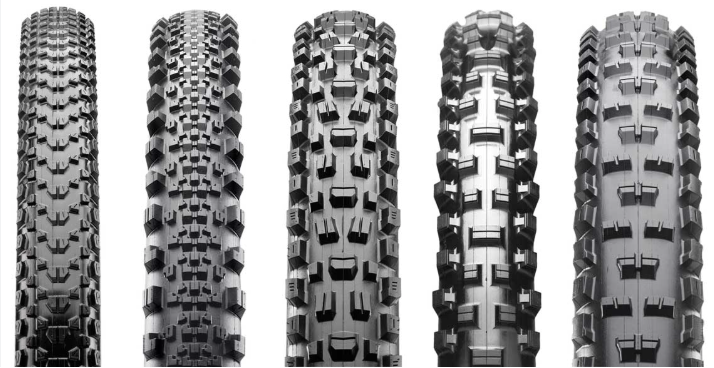
When selecting a mountain bike, consider 3 things:
Your riding style: Are you focused on climbing, descending, or technical terrain?
Comfort and efficiency: Do you prefer an aggressive or upright riding position?
Trail conditions: Will you be riding smooth trails, rocky descents, or steep climbs?
Understanding how geometry affects your ride can help you find a bike that feels natural, performs optimally, and enhances your riding experience.
Ride on!
